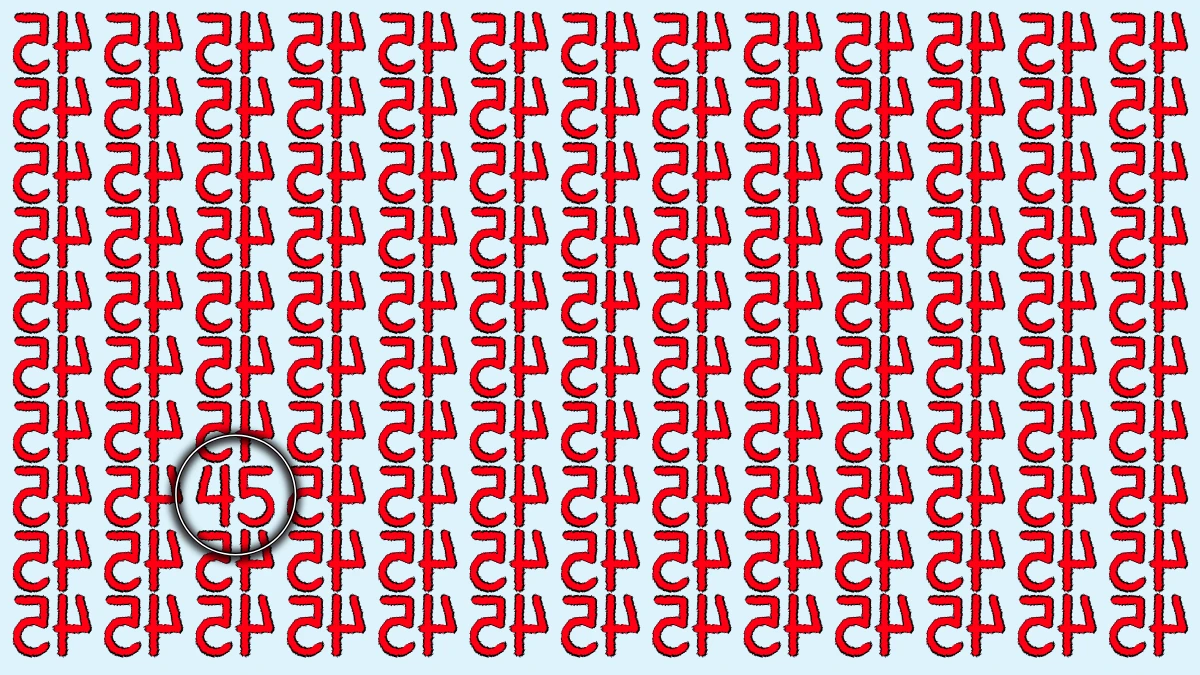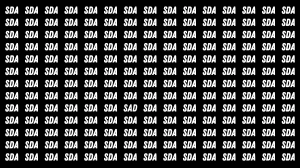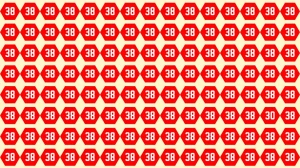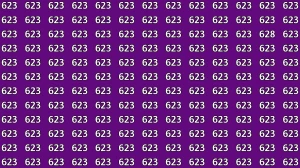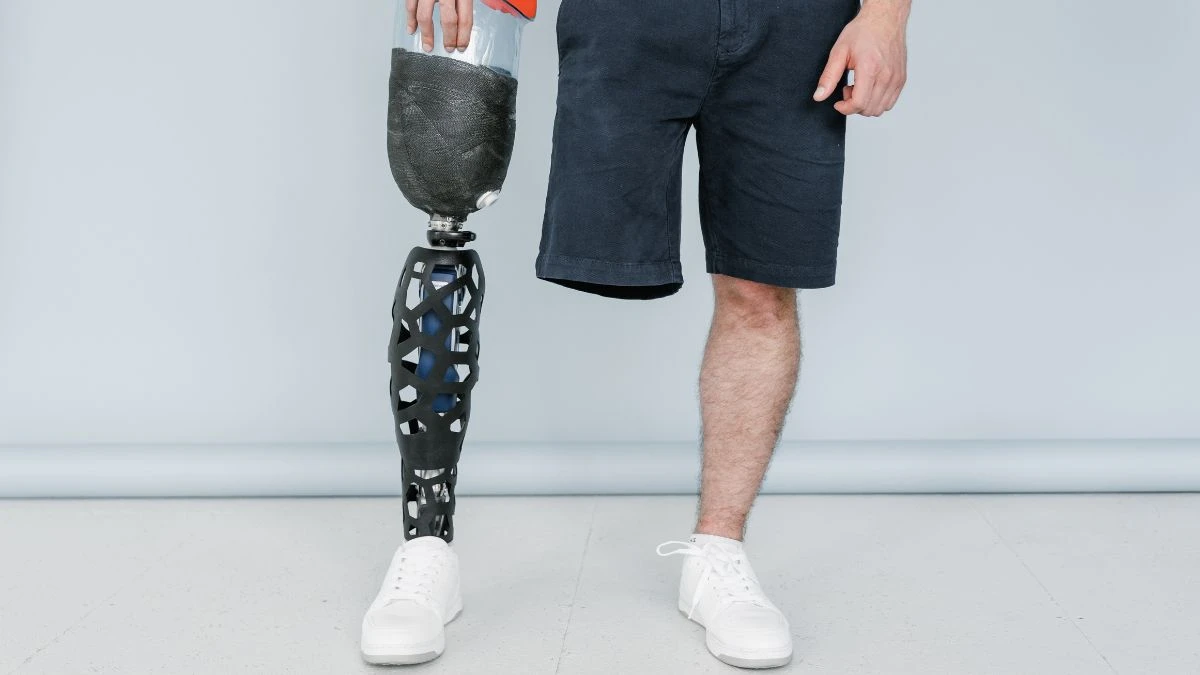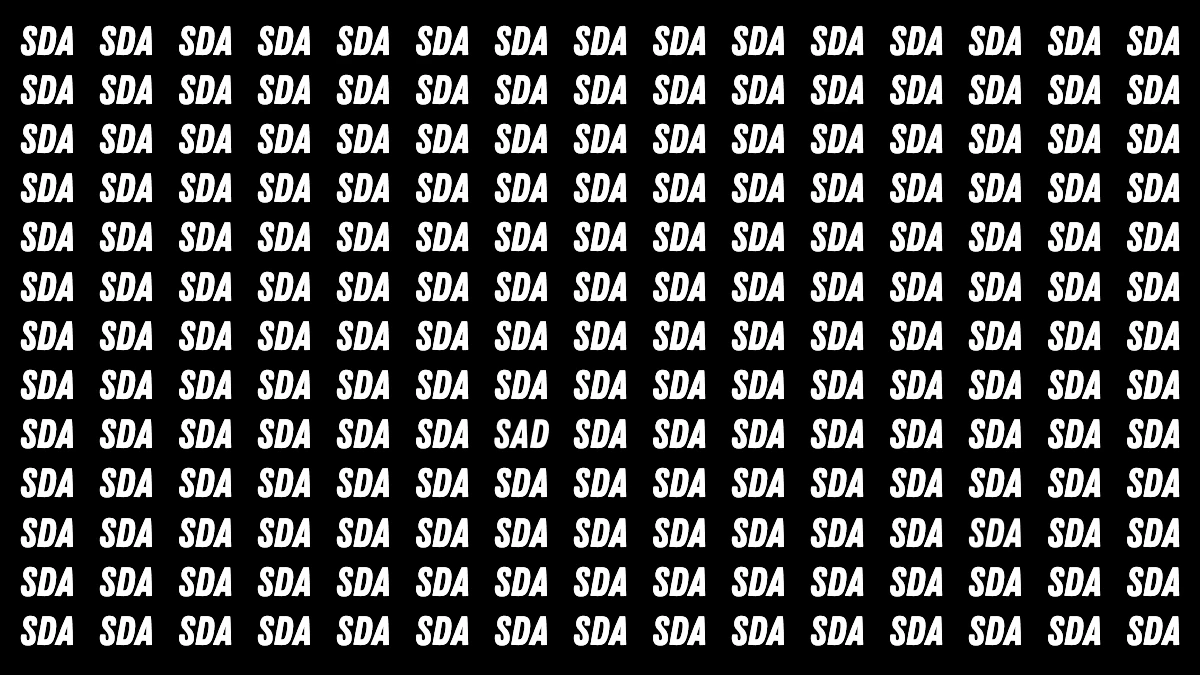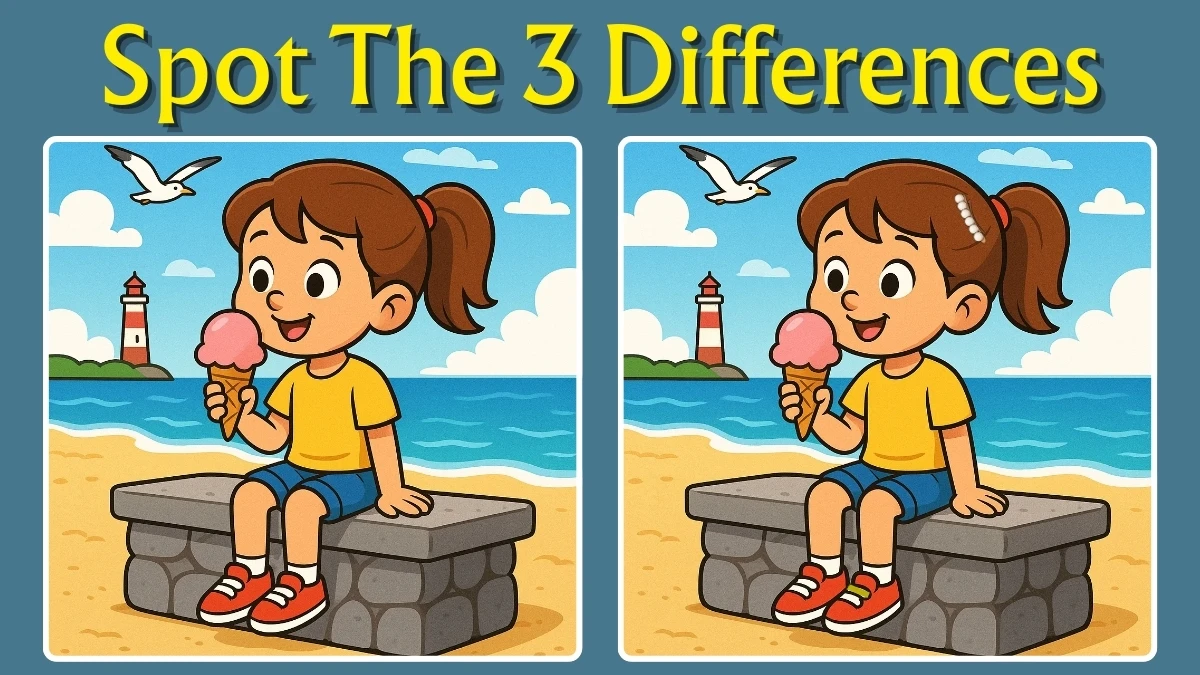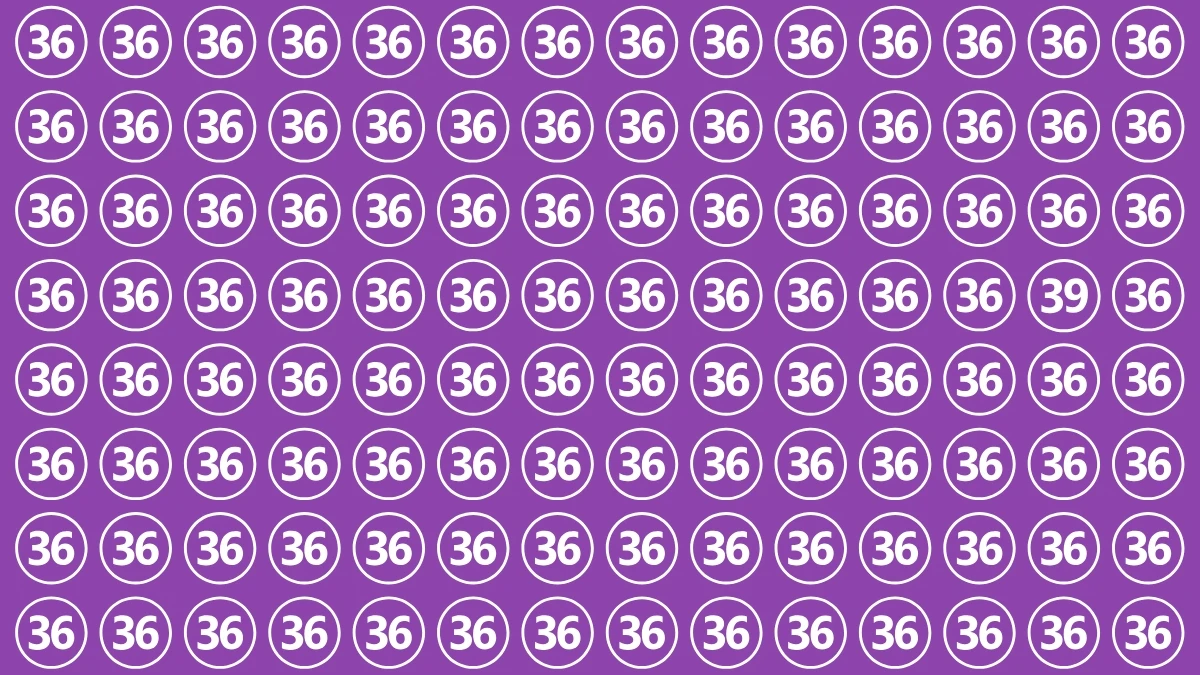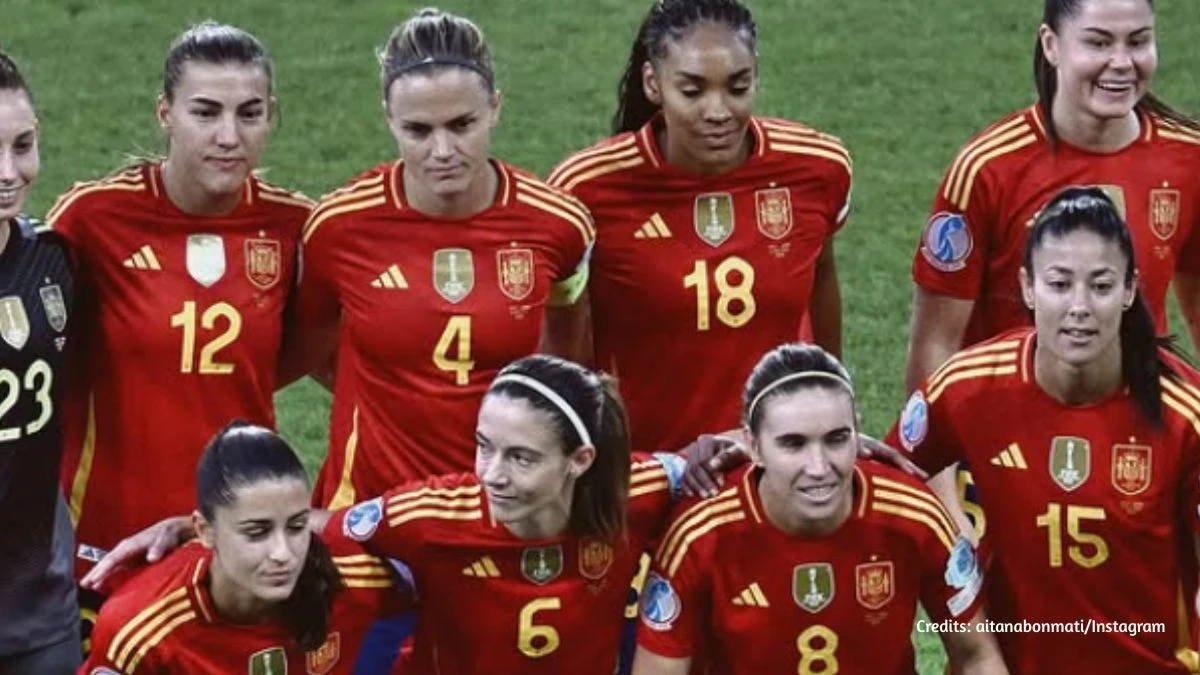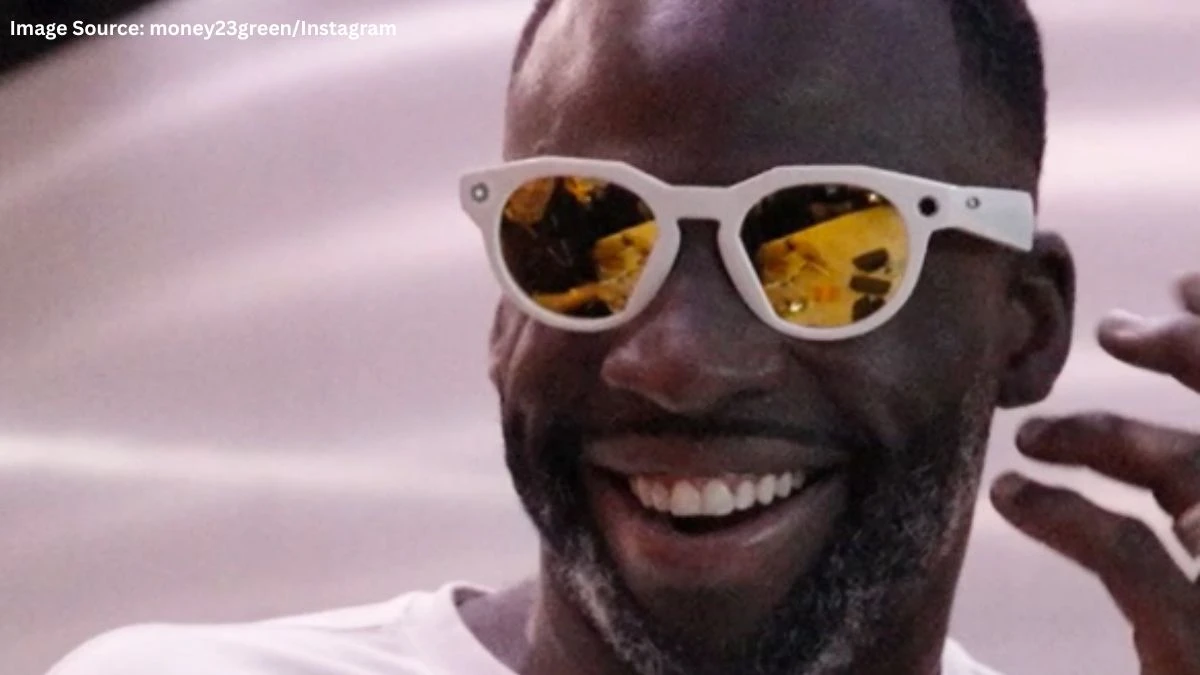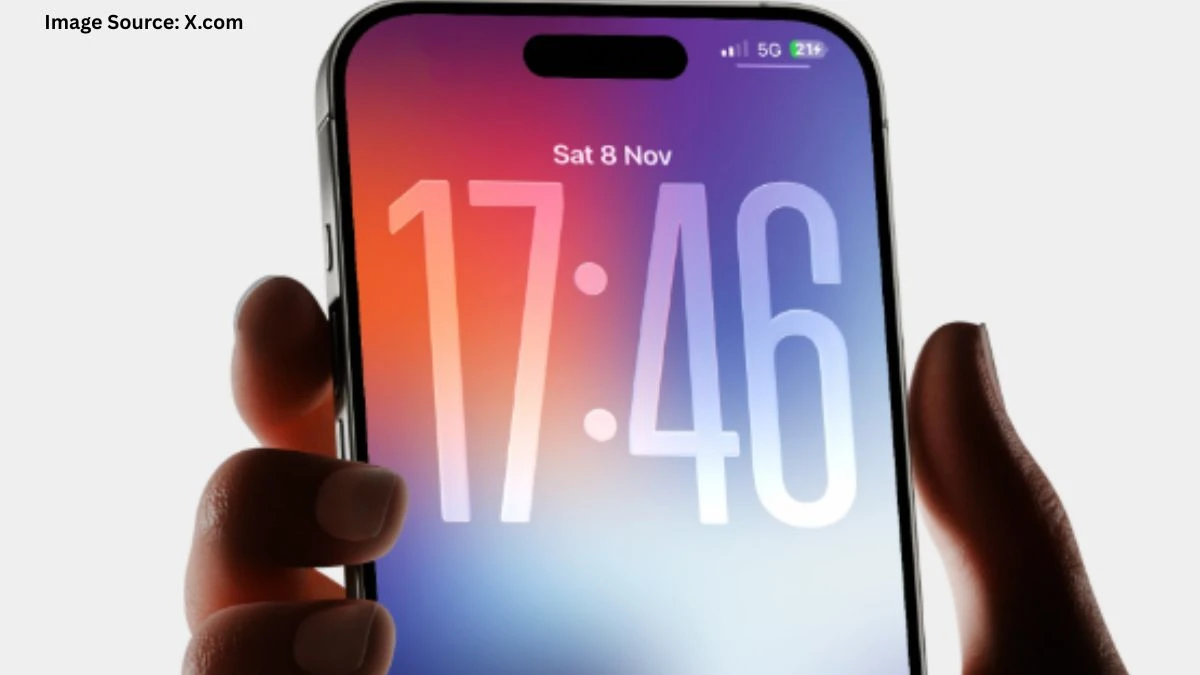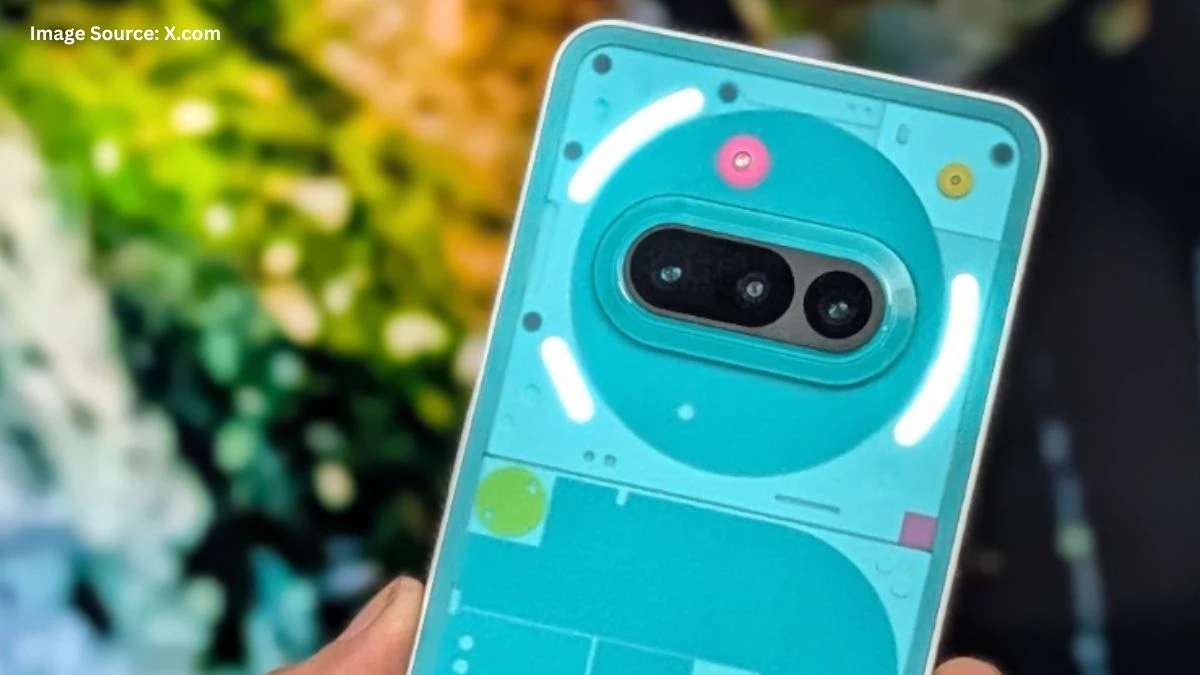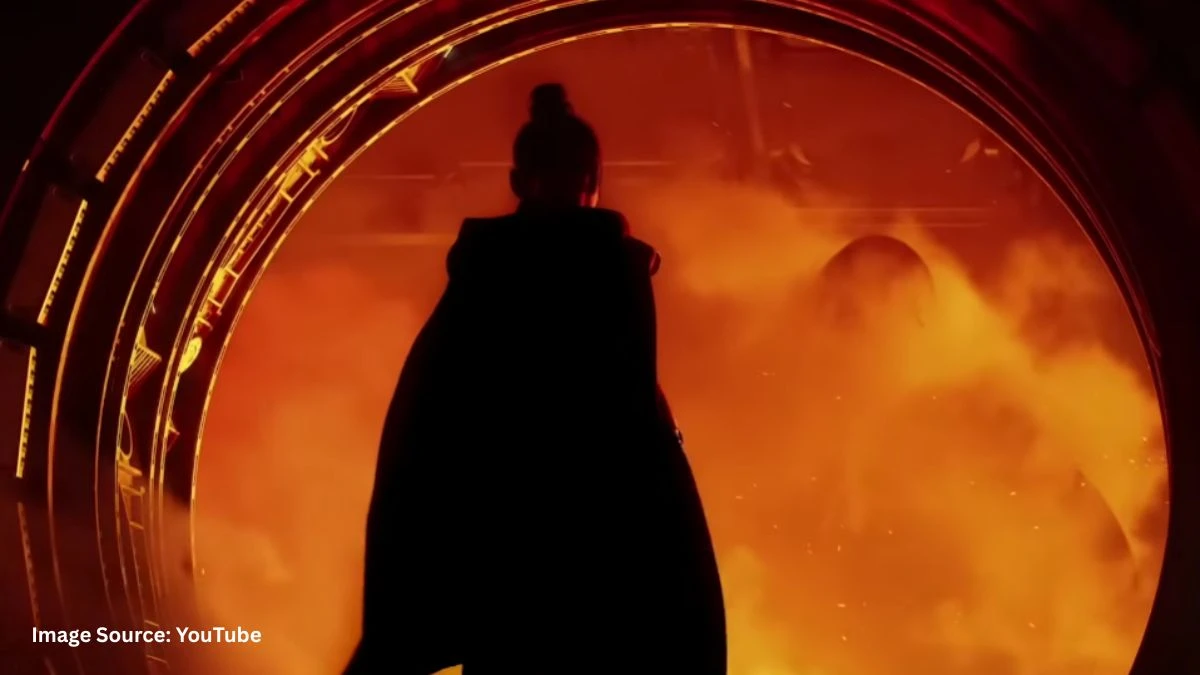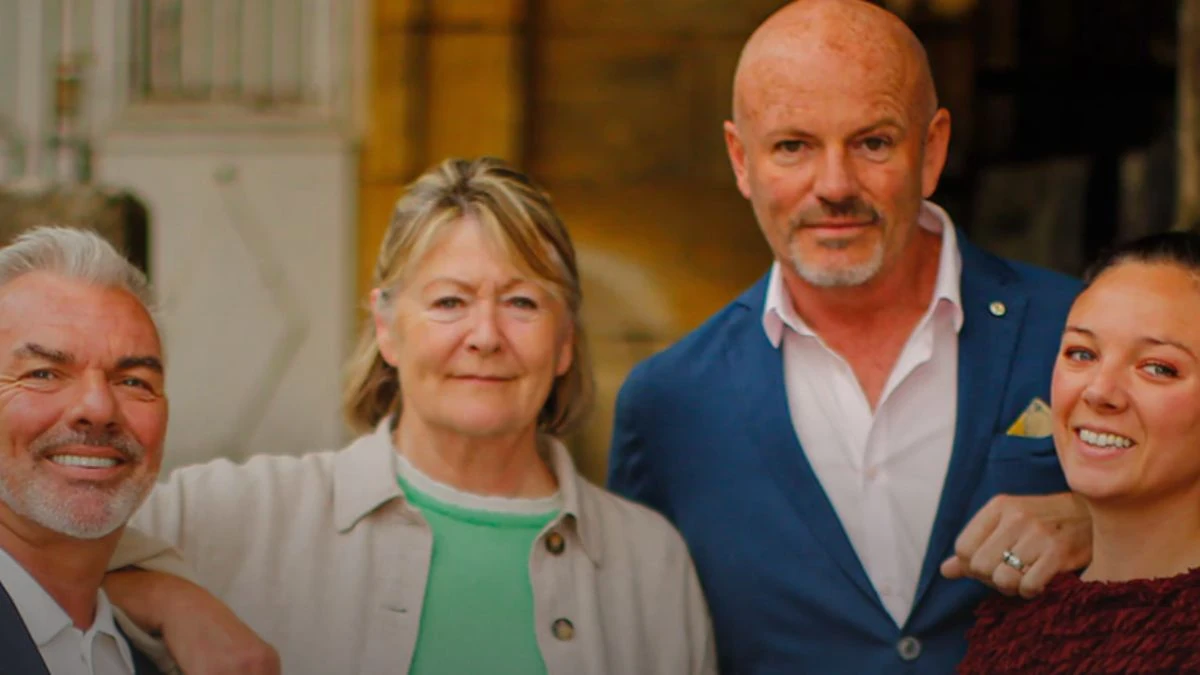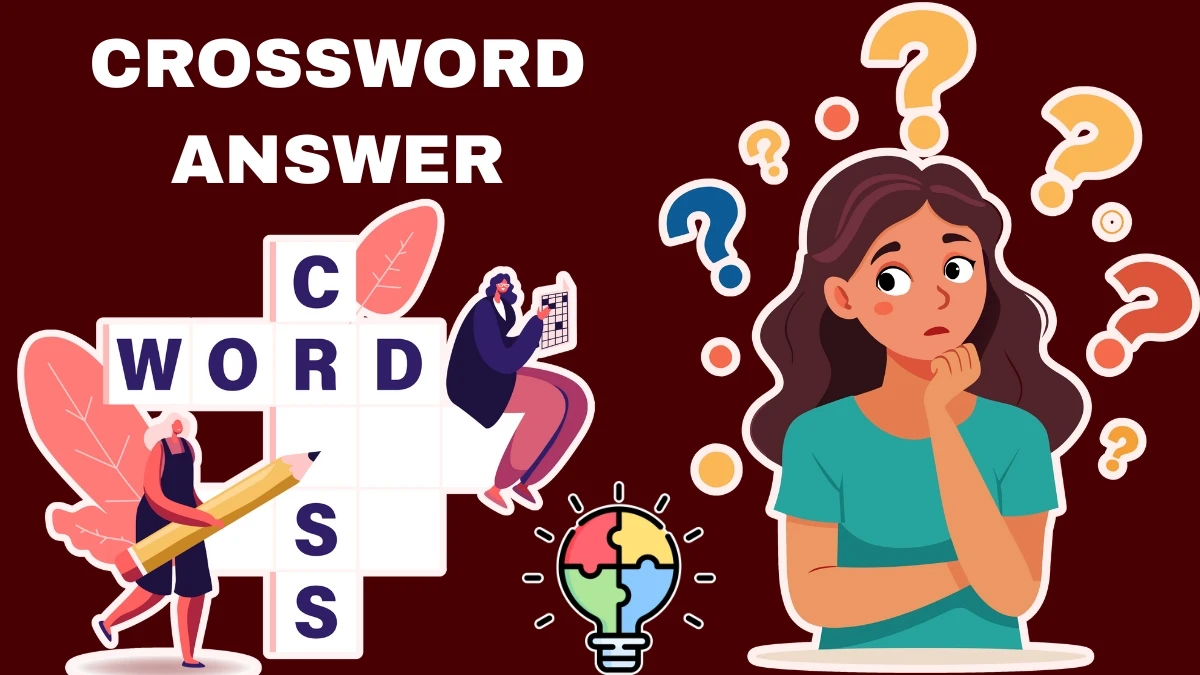Optical illusions are a fascinating way to test our brain's ability to recognize patterns and subtle differences. One popular challenge is to spot a specific number hidden among many similar figures and today, we're diving into a tricky one: spotting the number 45 hidden among a sea of inverted 45s.
At first glance, this puzzle looks like a repetitive pattern of the number 45 flipped upside down. Your eyes might naturally scan over the image without noticing the difference, as the brain often groups similar shapes together.
However, the key to solving this illusion is to slow down and focus carefully on the orientation of each number.
Must Try: Spot The Number 41 among Inverted 41
Optical Illusion: Within 5 Seconds Spot The Number 45 among Inverted 45
This optical illusion challenges your brain and visual perception by presenting the number 45 hidden among several inverted versions of the same number.
Because the inverted 45s look very similar to the normal 45, your eyes must carefully scan the image to distinguish the correctly oriented number.
This exercise tests your attention to detail and sharpens your ability to quickly recognize subtle differences in patterns. It’s a fun way to engage your mind and improve your focus by spotting the “odd one out” within a limited time frame.
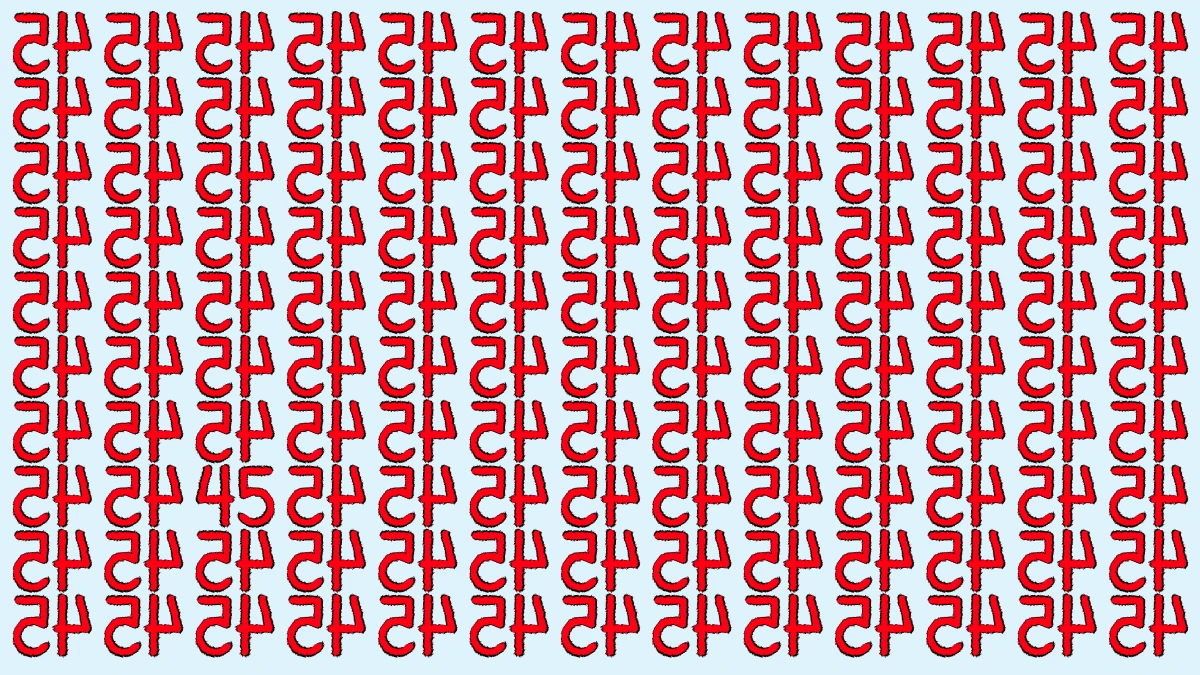
Optical Illusion: Within 5 Seconds Spot The Number 45 among Inverted 45 - Solution
In this optical illusion, the challenge is to quickly identify the number "45" hidden among many inverted "45"s. The image is designed to confuse the eye by repeating the inverted numbers in a uniform pattern, making it difficult to immediately spot the upright "45."
To find the solution, focus carefully on each group of numbers, scanning systematically from left to right. The upright "45" stands out because its orientation contrasts with the rest, which are flipped upside down.
In this particular image, the upright "45" is located in the third row from the bottom and the third column from the left, marked by a circle for easy identification. This illusion plays with our brain’s tendency to see patterns and how it can be tricked by subtle differences in orientation.
